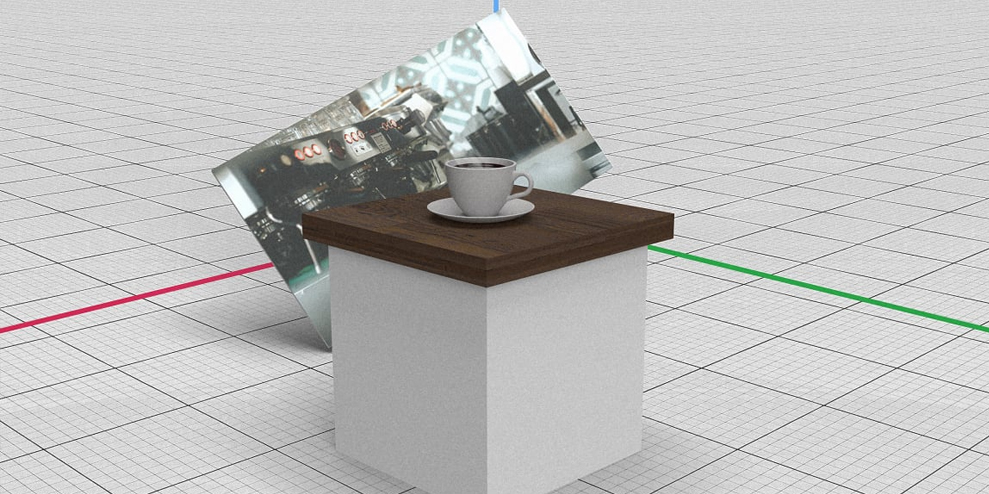Take a second look at a stock photo of a coffee cup or soup can, and you may notice something: It’s not actually a photograph.
It just might be CGI—a computer generated image of whatever product that particular company’s hawking. Take Swedish retailer Ikea, which has been using CGI photos since as early as 2006: 3D models can trick you into thinking they’re the real deal. And it might soon be the norm.
Leading stock photography company Shutterstock announced today that it has acquired TurboSquid, a digital media company that sells 3D assets, for $75 million. The move is both a talent and an IP acquisition, and it will give Shutterstock’s two million customers—which include everyone from professional creatives to so-called pro-sumers who use editing tools to develop website and social media content—access to raw materials for making images from scratch. The move suggests that the future of photography doesn’t have to involve a camera.
For CEO Stan Pavlovsky, it’s a sound business strategy: He expects the move to add about 2% to 3% to Shutterstock’s overall revenue. But it also raises questions about the blurring divide between fact and fiction in an era of of deepfakes and “cheap fakes.” Will 3D models proliferate, just making it harder for consumers to tell the difference between what’s real and what’s fake?
First, some definitions: 3D stock assets are ready made objects and materials that can be combined with photographs, video footage, or other digital environments to create photorealistic images. They can make a photo editor’s life easier because getting the perfect shot of a coffee cup or soup can no longer involves sourcing the object or getting the in situ light just right. You simply design it using software.
The acquisition will make Shutterstock the world’s largest 3D marketplace by revenue, according to Pavlovsky. The transaction is targeted to close in early February. That means new competition for Adobe, which has the 3D imaging software Adobe Dimension. Getty Images, Shutterstock’s largest competitor, does not offer 3D assets.
Why now? Pavlovsky notes that Shutterstock isn’t just a stock photo company—in addition to stock content and image editing tools, the company launched a content creation platform Shutterstock Studios in November of last year. The TurboSquid acquisition indicates a deepening interest in content creation and an effort on the part of Shutterstock to help 3D models go mainstream by making the tool easy for marketers without photo editing expertise to use.”We want to make sure that our marketers and content creators have the latest and greatest capabilities,” says Pavlovsky. “Today 3D is focused on very highly trained professionals as well as more niche categories like industrial categories. There’s obviously some application of 3D within e-commerce—furniture companies like Ikea, et cetera, but for us we’ve always been an innovator of the space of bringing content and workflow to creators.”
And since those pro-sumers are Shutterstock’s biggest growth area, the acquisition made sense. “This will definitely become much more mainstream,” Pavlovsky says. “Every large platform is working on this, so we expect that we’ll be at the center of that workflow with creatives by providing both the tools and the content.”
But 3D models raise concerns. For instance, consumers may not realize that many car ads—including commercials and print and digital ads—are made using 3D models, not actual cars. Do the consumers deserve to know? Should government step in and insist that constructed images be labeled to distinguish them from photographs?
Pavlovsky says he is open to regulation so that 3D media is made responsibly. “There is a lot of responsibility,” Pavlovsky says. “It’s a nascent category and very new in nature and we are monitoring that very closely. But it is something that will require some regulation, because as you can imagine, there are a lot of privacy concerns. There are a lot of things that can go wrong.”



